Plant breeding programs in Madagascar
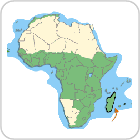 Madagascar is a relatively large island located in Southern Africa. 80% of the Malagasy population derives its income from the agricultural sector, which contributes 30% of the GDP. Almost the totality of the agricultural crops that occur in the island have been imported there by an immigrant human population of relatively recent immigration status. For instance, vanilla, corn and groundnut are from America; pepper plant, bananas, mango and rice from Asia; and coffee and vigna from Africa.
Madagascar is a relatively large island located in Southern Africa. 80% of the Malagasy population derives its income from the agricultural sector, which contributes 30% of the GDP. Almost the totality of the agricultural crops that occur in the island have been imported there by an immigrant human population of relatively recent immigration status. For instance, vanilla, corn and groundnut are from America; pepper plant, bananas, mango and rice from Asia; and coffee and vigna from Africa.
While seven government agencies perform agricultural research in Madagascar, the private sector participation in research is increasing. NGOs are relatively new in Madagascar but achieved great advancement in agricultural research. The National Centre of Applied Research and Rural Development (FOFIFA) is the largest research agency in Madagascar, responsible for more than half the total agricultural research spending.
Important crops being researched are rice, vegetables, cotton, potatoes, corn, and coffee. Most of the plant breeding activities focus on germplasm enhancement.
The most limiting factor of Madagascar plant breeding activities is the inadequate number of breeders of each crop. Indeed, the country had a low number of national researchers, mostly with low-level training. Moreover, Madagascar experienced a dramatic decrease in public agricultural R&D budget. This is the result of funding which has been fairly dependent on government contributions, World Bank loans, and contributions from external donors.
Research and education institutes with activities in plant breeding
Public institutes
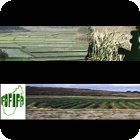 |
National Center of Applied Research for Rural Development (FOFIFA)
|
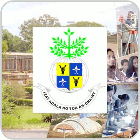 |
Biotechnology and Plant Breeding Unit – Unité de Biotechnologie et de Sélection (UBS) du laboratoire de Physiologie végétale, Université d'Antananarive
|
 |
Malagasy-Norway co-operation on Livestock and Agriculture (FIFAMANOR) – Coopération Madagascar-Norvège pour le Développement de l’élevage et l’agriculture
|
Private institutes
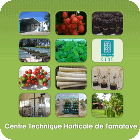 |
Horticultural Technical Center of Tamatave (CTHT) - Centre Technique Horticole de Tamatave
|
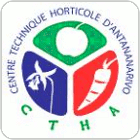 |
Horticultural Technical Center of Antannarivo (CTHA) – Centre Technique Horticole d’Antananarive
|
______________________________________
Information by Jeannot Ramelison (2009) - Information based on the Madagascar's full report from the PBBC survey. Last revised 03-03-2010, GIPB.
